
What happens when customers make repeated purchases over time? Your revenue grows without the high costs of constant customer acquisition. So, how do you motivate these repeated purchases? How do you turn one-time buyers into loyal fans? As always, it starts with data – measuring the Shopify lifetime value, to be more specific.
In this article, you’ll learn:
What is Shopify LTV?
Why is it important?
How to increase customer lifetime value on Shopify?
TL;DR: Loyal customers spend more over time
Customer Lifetime Value (CLV) predicts the total revenue a customer will bring over their relationship with your brand.
CLV is crucial because it helps businesses focus on retention, optimize marketing spend, and boost long-term profitability.
Understanding what works for your business takes time, as customer preferences evolve, and strategies must be adjusted to reflect these changes.
How to increase customer lifetime value? Regularly monitor customer behavior, track progress, and continually refine your approach based on data-driven insights.
Strategies to increase customer lifetime value on Shopify
How to improve customer lifetime value? It requires a combination of personalized experiences, efficient systems, and thoughtful engagement.
Your existing customers already trust your brand. They’re familiar with your products and understand your value proposition. Pay careful attention to their behavior and preferences. It will help you determine what can encourage loyal audiences to shop more frequently and spend more with your store.
We’ve assembled a list of proven strategies you can rely on to increase lifetime customer value. You’ll also find examples of Shopify apps that facilitate their realization.
Implement a loyalty program
43.5% of shoppers are willing to join a brand’s loyalty program. The featured rewards motivate 50% of customers to continue buying from a company. Modern loyalty programs go beyond simple point systems. To design an engaging one, businesses must pay much attention to its logic. This may include, for example:
VIP tiers with exclusive benefits and early access to sales.
Bonus points for referrals and social media engagement.
Special rewards on birthdays or purchase anniversaries.
Gamification elements to make earning points more engaging.
Apps like Smile.io, LoyaltyLion, and Rise.ai help set up loyalty programs. They also provide segmentation, gift card design, and other useful features.
Personalize the shopping for your audience
How does it help to increase lifetime value? Brands that shine in personalization are 48% more likely to outperform their competitors. They are also 71% more likely to experience improved customer loyalty. Some effective personalization strategies include:
Using customer browsing history to show relevant products.
Showing personalized product recommendations in the cart.
Designing personalized landing pages for returning customers.
Creating targeted email campaigns based on purchase patterns.
Implementing smart search that learns from user behavior.
Personalization will be easier to manage with Shopify apps. For example, Shogun or PageFly are great for building custom landing pages. Klaviyo can handle customer segmentation and email marketing perfectly.
Optimize post-purchase experiences
Post-purchase experience is important for 93% of consumers. Interestingly, only 74% of retailers admit the same. Even less – only 40% – believe their post-purchase experience is fully optimized. There’s certainly a business opportunity here. Here are some examples of good post-purchase optimization techniques to increase CLV:
Send immediate order confirmation with tracking information.
Create detailed shipping update communications.
Include product care instructions and usage tips.
Request product reviews at the optimal time without being too annoying.
Consider including surprise thank-you notes or small gifts.
Omnisend allows you to send personalized thank-you messages. Apps like AfterShip provide real-time updates. You can also generate discount vouchers with one of the loyalty apps.
Review your customer service strategy
75% of consumers return to businesses that have once provided excellent customer experience. 73% admit they would rather choose a competitor after more than one bad experience. Some strategies that can help you get into the primer group include the following:
Train your customer support team in product knowledge and soft skills.
Implement omnichannel support (email, chat, phone, social media).
Consider 24/7 customer service through help centers and chatbots.
Create detailed self-service resources (guidelines, recommendations, etc.).
Monitor customer satisfaction metrics and use feedback to improve.
Help desks like Gorgias or Tidio are good tools to set up an effective customer care framework. Connect Tidio for a live chat via a chatbot to offload the team and optimize support costs.
Use upselling and cross-selling
The world’s most successful companies drive 80% of value from existing customers. You can unlock new opportunities through strategic upselling and cross-selling. Both can significantly increase average order value and, thus, Shopify customer lifetime value. Meanwhile, they go hand in hand with personalization. In other words, they also provide additional value to customers. Some effective techniques for this approach are:
Displaying complementary products on product pages.
Creating product bundles at slightly discounted prices.
Offering quantity-based discounts (for selected items).
Suggesting relevant or popular add-ons during checkout.
Using AI-powered product recommendations.
The apps for this category are also diverse. For instance, Shopify Bundles is an excellent tool for creating discounted bundles, encouraging customers to purchase more while feeling they’re getting a great deal. Other apps in this category can help automate recommendations, streamline checkout suggestions, and more, ensuring a seamless implementation of upselling and cross-selling tactics.
Create a subscription model
Subscriptions create predictable revenue streams. It may seem that the economy is the major factor driving subscriptions. Yet, for 59% of ecommerce subscribers, it’s convenience and enjoyment. 80% of revenue driven by subscribers comes from loyalists, who make up just 30% of the audience. What if your products don’t seem subscription-friendly? There are creative ways to implement this model:
Implement membership programs with exclusive benefits.
Provide subscription-only products or early access.
Create curated subscription boxes.
Offer subscribe-and-save options for consumables or shipping.
Comprehensive subscription management is accessible through apps like ReCharge, Bold Subscriptions, and Smartrr.
Set up email marketing
Email marketing campaigns have an average ROI of 36 times. To make it clearer, every dollar a business spends on email marketing brings $36 of income. It certainly sounds like a promising strategy to look into. There are several ways to use email marketing to increase customer lifetime value. Among other things, you can:
Create a segmented welcome series for new customers.
Implement abandoned cart recovery sequences.
Design win-back campaigns for inactive customers.
Send personalized product recommendations.
Share educational content and usage tips.
Celebrate customer milestones.
There are notable email marketing apps for Shopify that will help with this. Some of those are Klaviyo, Omnisend, Drip, and MailChimp.
Enable omnichannel shopping
Omnichannel strategies drive an 80% higher rate of incremental store visits. They can bring in nearly six times more sales than single-channel marketing. The secret lies in the way modern customers interact with brands nowadays. They expect presence across multiple channels and all goods always within easy reach. How to increase LTV through omnichannel approaches?
Integrate social commerce (Instagram Shop, Facebook Shop) into the shopping flow.
Maintain uniform pricing and promotions.
Synchronize inventory across platforms.
Create consistent brand experience across all channels.
Enable cross-channel customer service.
Implement unified customer accounts.
Omnichannel commerce may seem complicated at first. However, Shopify Plus offers native multi-channel capabilities. You can strengthen it with omnichannel apps like Willdesk, Flowio, and Omnisend.
Review your store’s UX
How important is the experience a company provides? It is as important as its products and services for 83% of customers. Your platform’s UX is a critical part of this overall experience. 50% of consumers look at how easy it is to check out on a retailer’s ecommerce site or app when deciding where to shop online. Hence, regular site improvements can significantly improve customer lifetime value. For this:
Review and optimize your checkout process.
Optimize site search functionality to display more relevant results.
Work on mobile design and responsiveness.
Fine-tune product filtering and sorting mechanisms.
Make sure the pages load in under three seconds.
Create intuitive navigation paths.
Some of these improvements may require UI/UX analysis. Many are manageable with apps and without serious redesigning. You can set up an advanced search functionality using the Algolia app. PageSpeed Insights helps optimize performance. Collect feedback and insights with solutions like Hotjar and Lucky Orange.
The basics of customer lifetime value
Customer Lifetime Value, or CLV, is a baseline metric in ecommerce. It predicts the total revenue a single customer can drive through your interactions. Hence, understanding how it works and how to increase CLV is fundamental to consistent growth. It helps you make data-driven decisions regarding customer acquisition and retention investments.
How to calculate CLV
There are several ways to calculate Shopify LTV. Most businesses use a simplified formula. We’ll explain various components and calculation methods below. Regardless of which you prefer, understanding the nuances is always helpful.
1. Basic CLV formula.
What is the formula for customer lifetime value? Multiply the order value by the number of orders yearly and the customer lifespan.
CLV = Average Order Value × Number of Orders per Year × Average Customer Lifespan
For example, you have a customer who spends $100 per order on average. They make between two and four purchases per year, i.e., three on average. Most of the customers buy from your store for five years. Their lifetime value would be $100 × 3 × 5 = $1,500.
2. Advanced CLV formula.
A more complicated formula requires more data. The predictions are more accurate and realistic. In this case, you multiply the average revenue per account by the gross margin and divide by the churn rate.
CLV = (Average Revenue Per Account × Gross Margin) ÷ Churn Rate
Let’s assume you have a client with an average monthly revenue of $50. Your gross margin is 40% (0.40). Your monthly churn rate is 5% (0.05). The lifetime value would be: ($50 × 0.40) ÷ 0.05 = $400.
Why it is important
Understanding Shopify customer lifetime value provides numerous financial and strategic advantages. It can be transformative for your business operations and growth trajectory. And it’s not an exaggeration.
The specific benefits you can expect include the following:
Customer segmentation. Looking into data enables merchants to understand purchasing patterns. They can identify their most valuable customer segments.
Marketing optimization. Knowing the audience well helps allocate marketing budgets more effectively. This improves return on ad spend and other activities.
Smarter product development. Purchasing patterns reveal the most popular items and their combinations. It can guide new product development and facilitate pricing.
Customer experience enhancement. Merchants can also differentiate the service levels for different segments. It will improve customer satisfaction and reduce churn.
Revenue predictability. The evidence-based approach leads to more accurate sales forecasting. It comes with better cash flow management and growth projections.
Improved profitability. Customer acquisition budget planning gets more accurate. Businesses get a better understanding of acceptable marketing costs and tools.
Monitor and improve the Shopify LTV approaches to experience all of the mentioned advantages – and perhaps uncover additional ones yet to be explored.
Conclusions
Increasing customer lifetime value relies on specific tactics – in particular, those mentioned above. But it’s more than just this. To increase customer lifetime value, businesses need to be ready to fundamentally shift how they think about customer relationships and business growth. Working on Shopify LTV should be systematic and continuous:
- Review your current customer metrics to establish a baseline.
- Choose one or a couple of strategies from this guide that best fits your business context.
- Create a 30-day implementation plan with clear goals and metrics.
- Set up proper tracking to measure your progress.
- Schedule regular reviews to assess and adjust your approach.
Then, gradually add more initiatives. Continuously gather customer feedback and adapt your strategies accordingly.
There’s one more important thing to remember. All approaches we’ve discussed are proven to work. Still, their effectiveness depends on your business context, consistent execution, and other factors. If you need recommendations on choosing or implementing the most effective solutions for your store specifically, contact our team, and let’s discuss the details.


























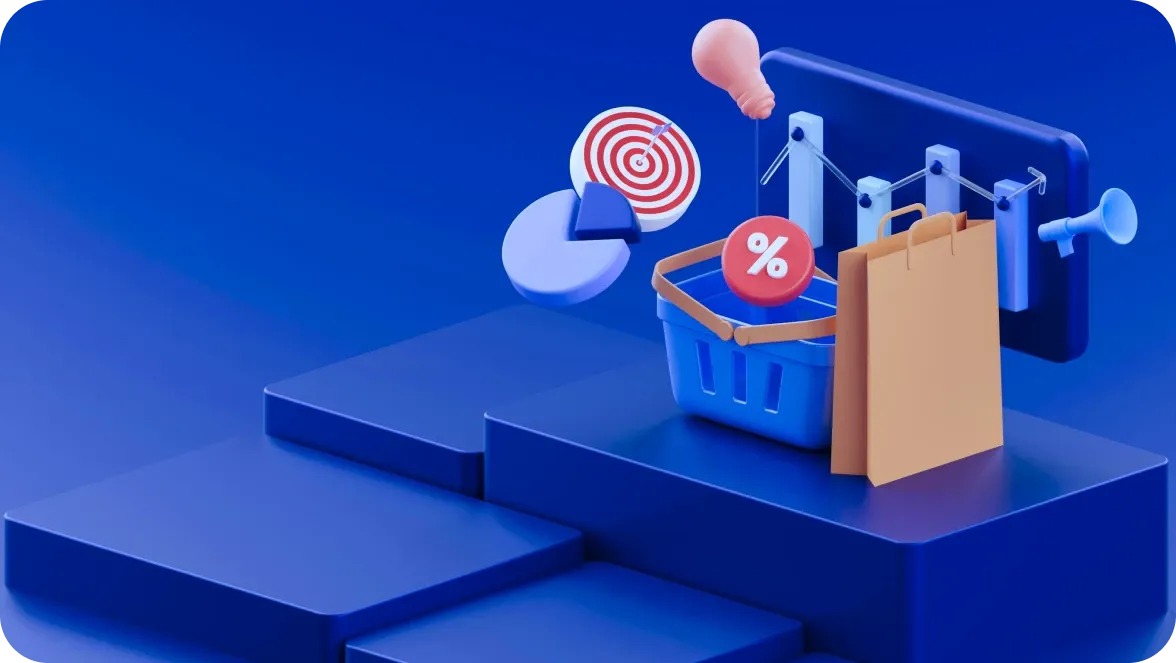
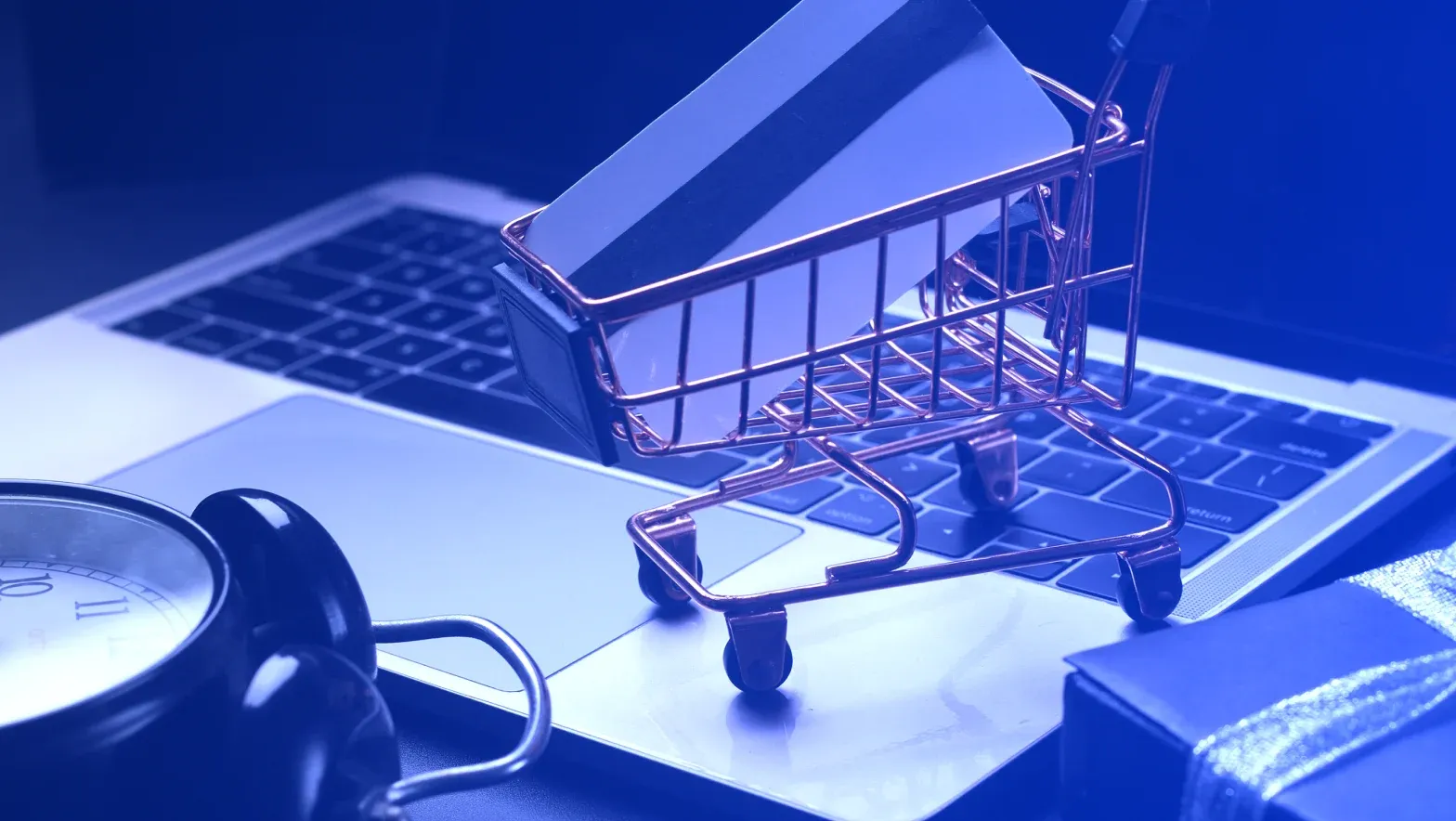






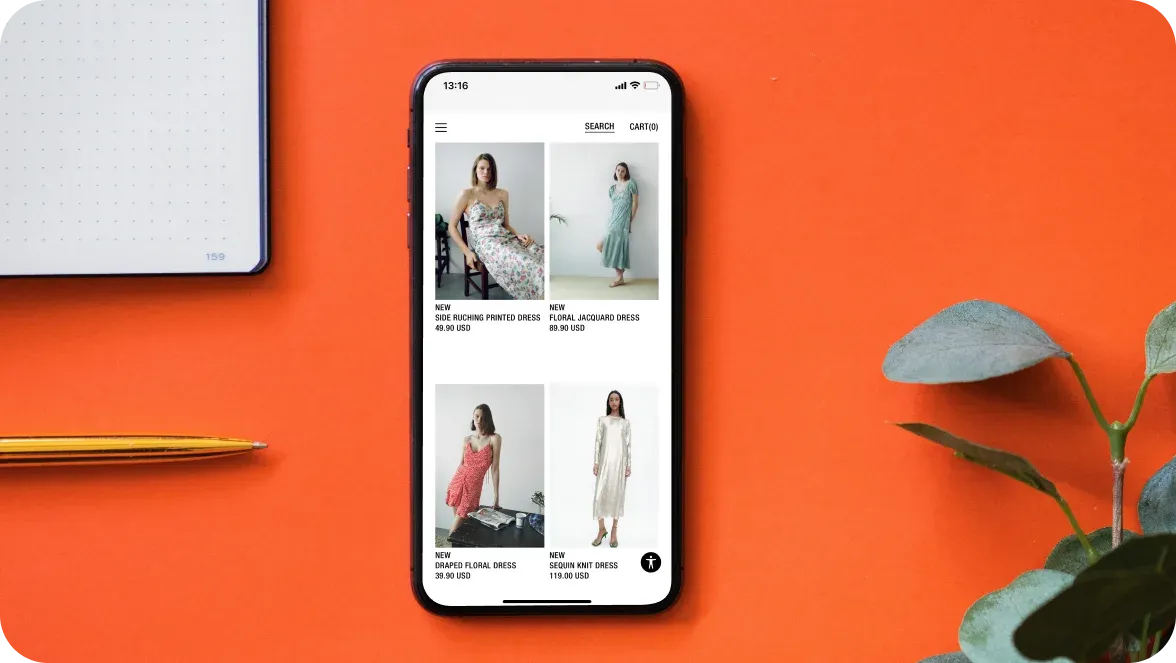
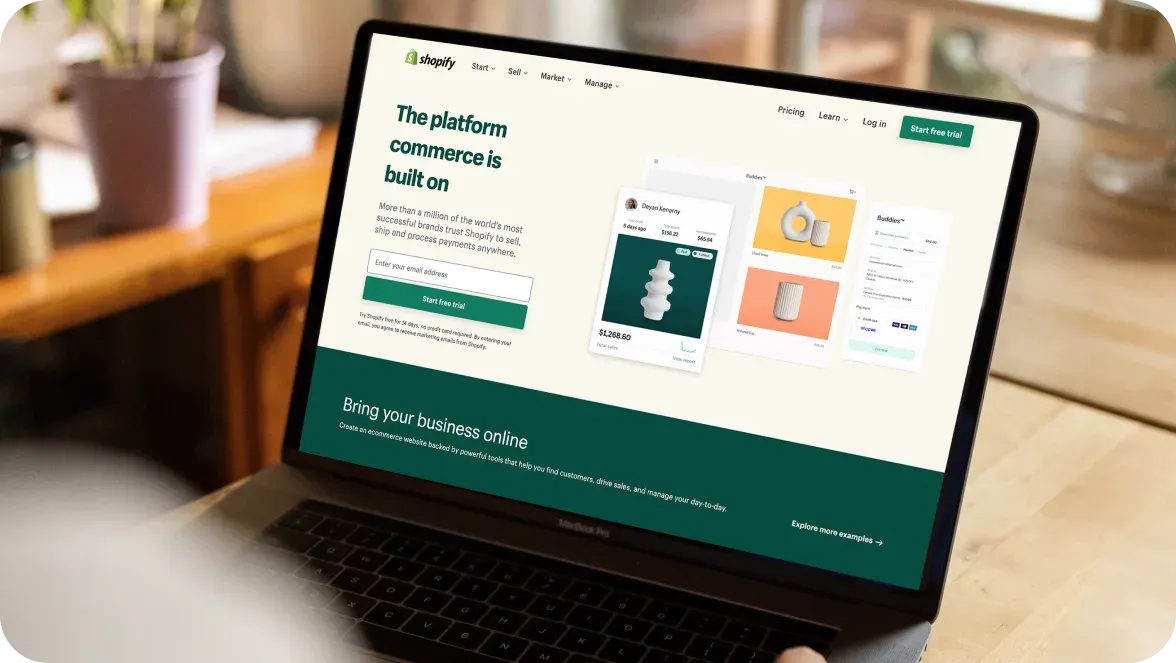
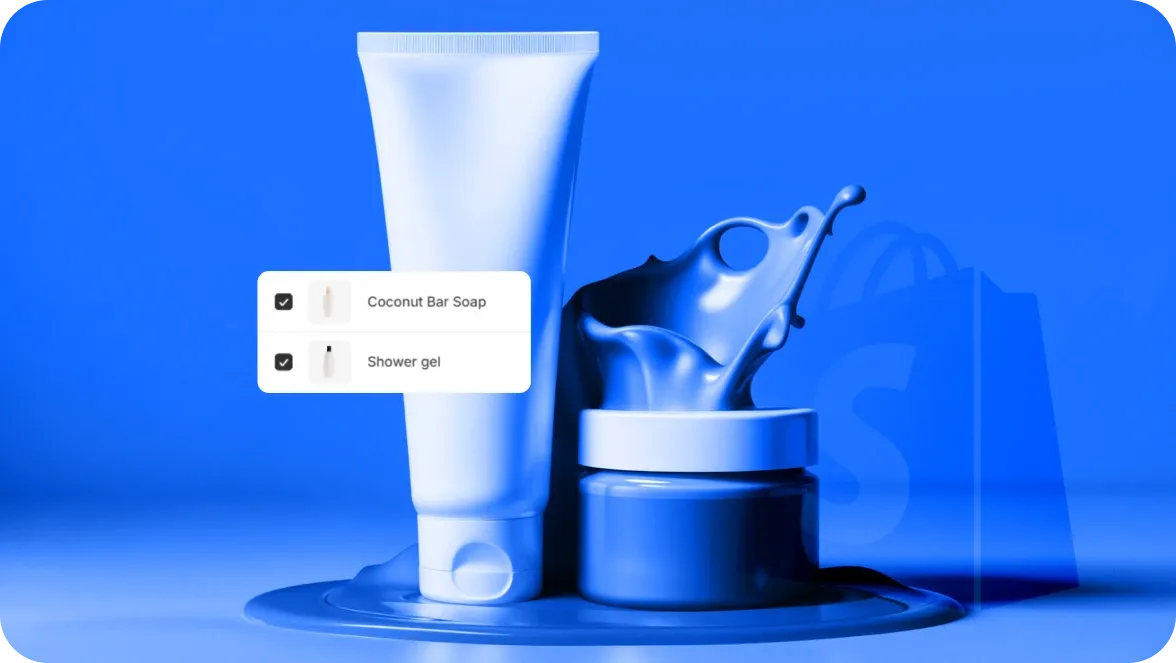
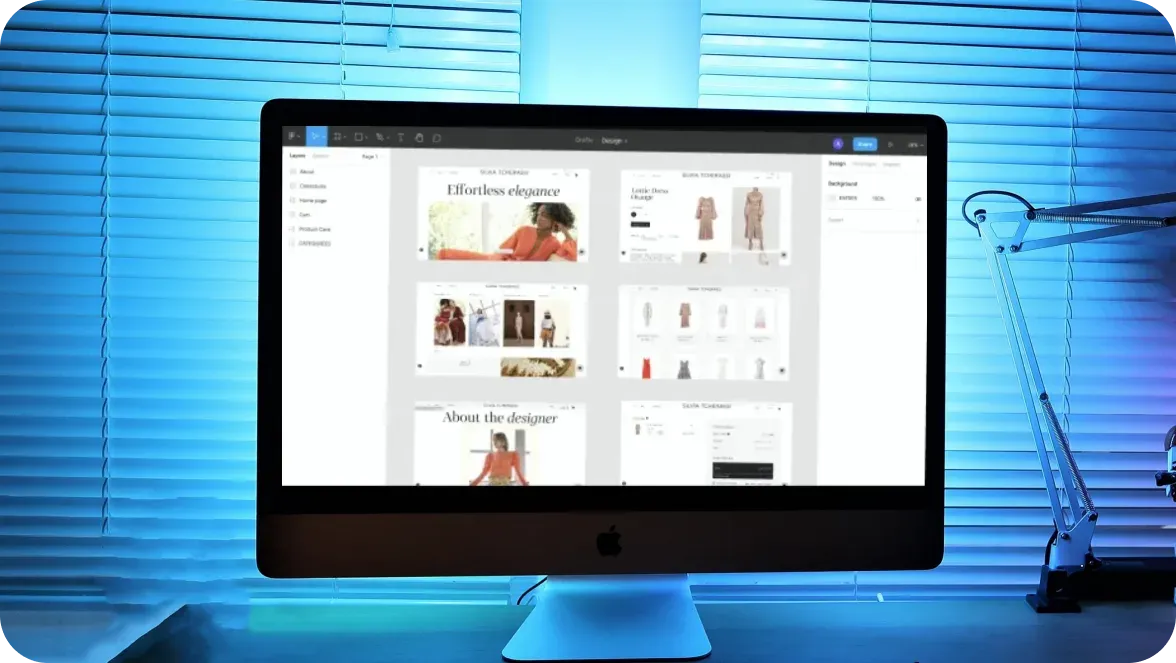

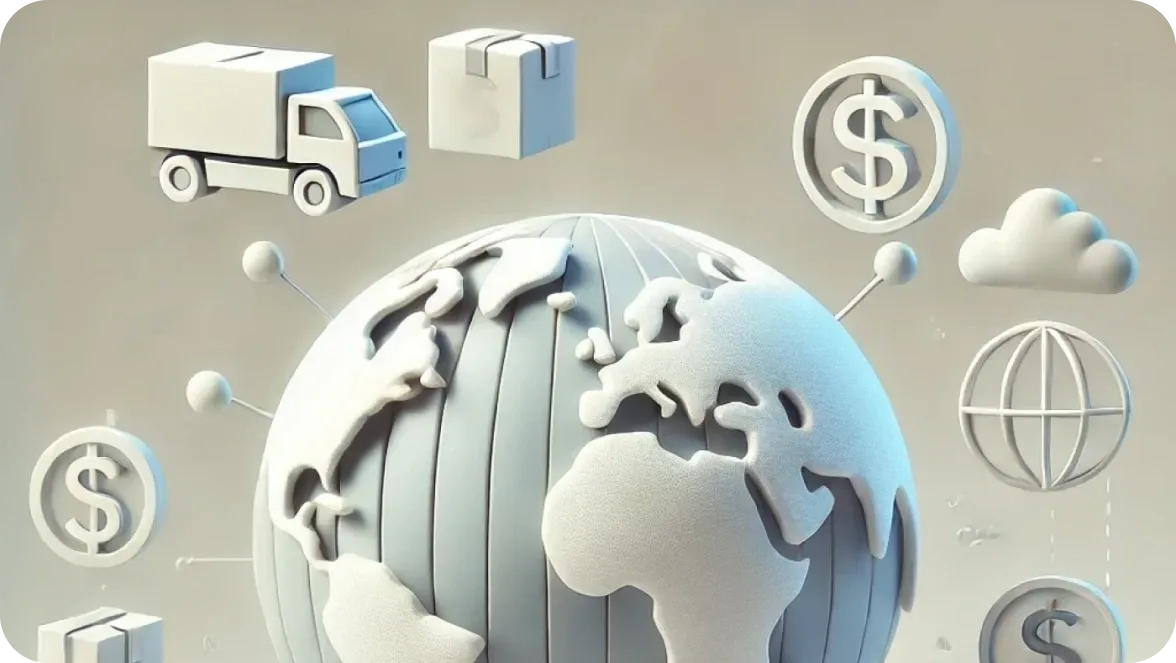
Was this helpful?
0
No comments yet